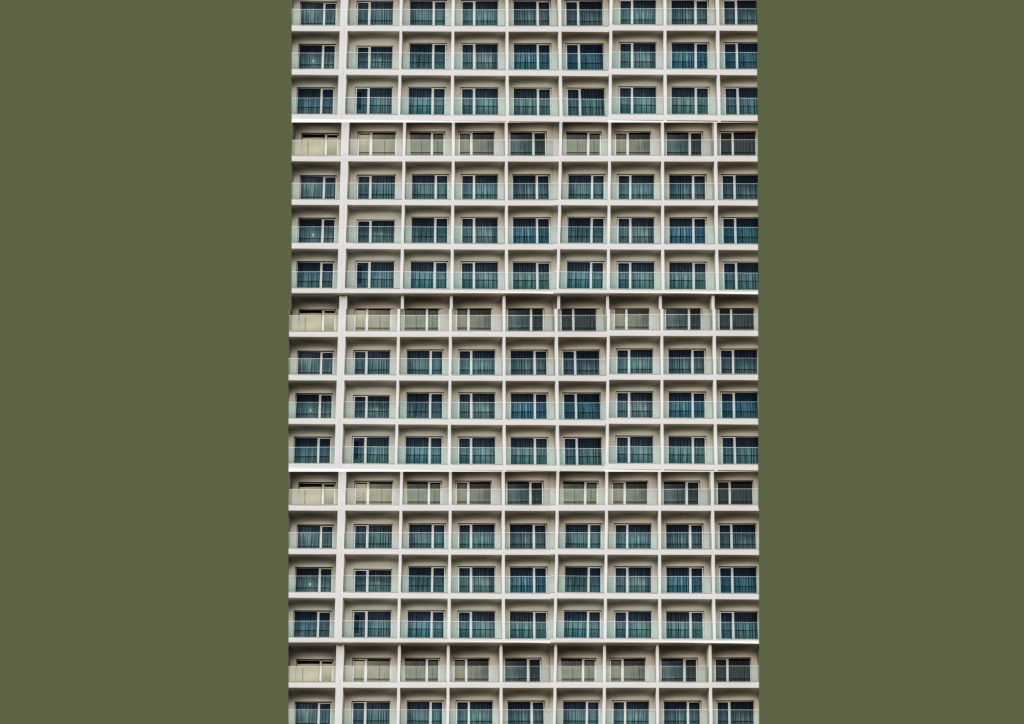

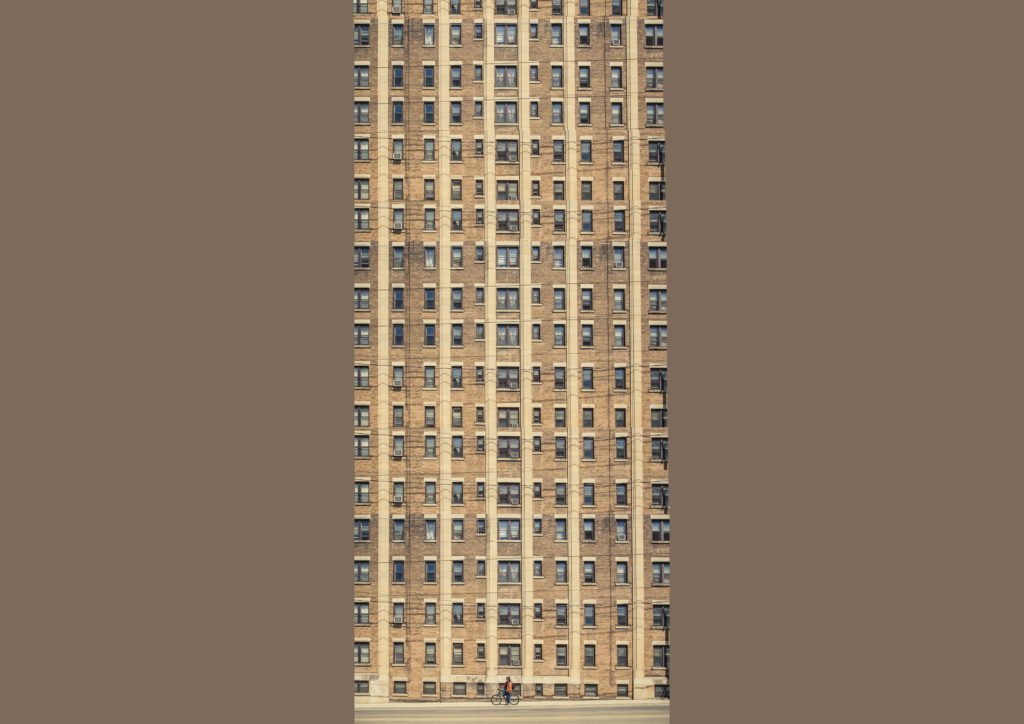


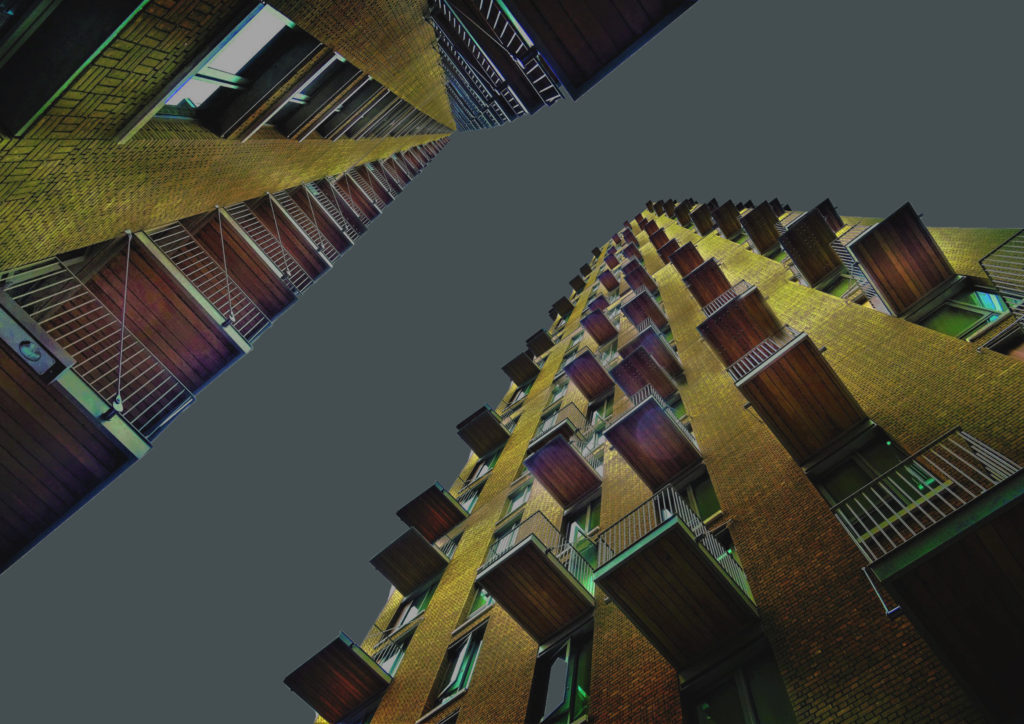








The Civil war stereography was also a key influence in my work as the 3D anaglyph effect has provided my work with colours that were not originally there.




The 3D effect that were on the original civil war photos were added in reference to the distances they wanted the different parts of the photos to look as if it were looking through the human eye, as if they were there.

The effect I wanted to create was merely to move parts of my images in to different parts of the photos to create an extra detail, but also so that they were visually interesting to look at, which is the same reason that the civil war stereographs were made as well.


An obvious difference between my work and the civil war stereographs, is the fact that my work is in colour and theirs is in black and white, although they used plate cameras, this created small spots of extra natural detail to the photos, unlike my photos in which I had to manually create them through the app I used to create my stereographs.

Feelings of terror, awe, infinity, and minuteness swirl and course through an experience of the sublime in nature, and for centuries, artists from Donatello to Bill Viola have attempted to recreate that experience in their paintings, sculptures, and video projections. Theorized as early as the 1st century, the sublime has captivated writers, philosophers, and artists alike. Through its various definitions and interpretations, at its base, the sublime is a feeling rooted in humans’ relationships to the world, to nature, and what lies beyond that help us to formulate an understanding of ourselves.
The sublime has long been understood to mean a quality of greatness or grandeur that inspires awe and wonder. From the seventeenth century onwards the concept and the emotions it inspires have been a source of inspiration for artists and writers, particularly in relation to the natural landscape.
The theory of sublime art was put forward by Edmund Burke in A Philosophical Enquiry into the Origin of our Ideas of the Sublime and Beautiful published in 1757. He defined the sublime as an artistic effect productive of the strongest emotion the mind is capable of feeling. He wrote ‘whatever is in any sort terrible or is conversant about terrible objects or operates in a manner analogous to terror, is a source of the sublime’.
Zen Buddhism is a mixture of Indian Mahayana Buddhism and Taoism. It began in China, spread to Korea and Japan, and became very popular in the West from the mid 20th century. The essence of Zen is attempting to understand the meaning of life directly, without being misled by logical thought or language. Zen techniques are compatible with other faiths and are often used, for example, by Christians seeking a mystical understanding of their faith. Zen requires an intense discipline which, when practiced properly, results in total spontaneity and ultimate freedom.
‘Zen’ is the way the Chinese word Ch’an is pronounced in Japan. ‘Ch’an’ is the Chinese pronunciation of the Sanskrit word Dhyana, which means meditation.
Christmas Humphreys, one of the leading pioneers in the history of Buddhism in Britain, stated that “Zen is a subject extremely easy to misunderstand.” Zen Buddhism is a practice that needs to be experienced, not a concept that you can intellectualize or understand with your brain. Zen does not depend on words – it has to be experienced in order to ‘understand’.
Zen sends us looking inside us for enlightenment. There’s no need to search outside ourselves for the answers; we can find the answers in the same place that we found the questions. The first step is to control our minds through meditation and other techniques that involve mind and body; to give up logical thinking.

Because Zen is so hard to explain here are some quotations that may help you get an idea of it:
My photographic Ideas from this
My initial ideas for the exploration of Zen Buddhism was as a result of a previous artist study i have completed on Hiroshi Sugimoto. He is a japanese artist where zen buddhism plays a significant role in his culture. Through his work there is this sense of spirituality, by seeing beauty in everything and the ideas of Zen Buddhism is also portrayed through his work. After having explored it more, i want to try and free the mind from the logical way of thinking about a landscape through my images. I want to try and convey a sense of beauty and importance in every aspect of what I am photographing. This links to the study of Monets Hay Stacks which show the importance of Hay Stacks in agriculture despite usually people being unconcerned with some Hay Stacks. Despite the absence of any real definition of Zen Buddhism i feel as if i can contribute to the explanation of it through my photographic responses that will have a focus on freedom, beauty and importance in everything that will help to relax and disconnect the mind from any logical thinking.
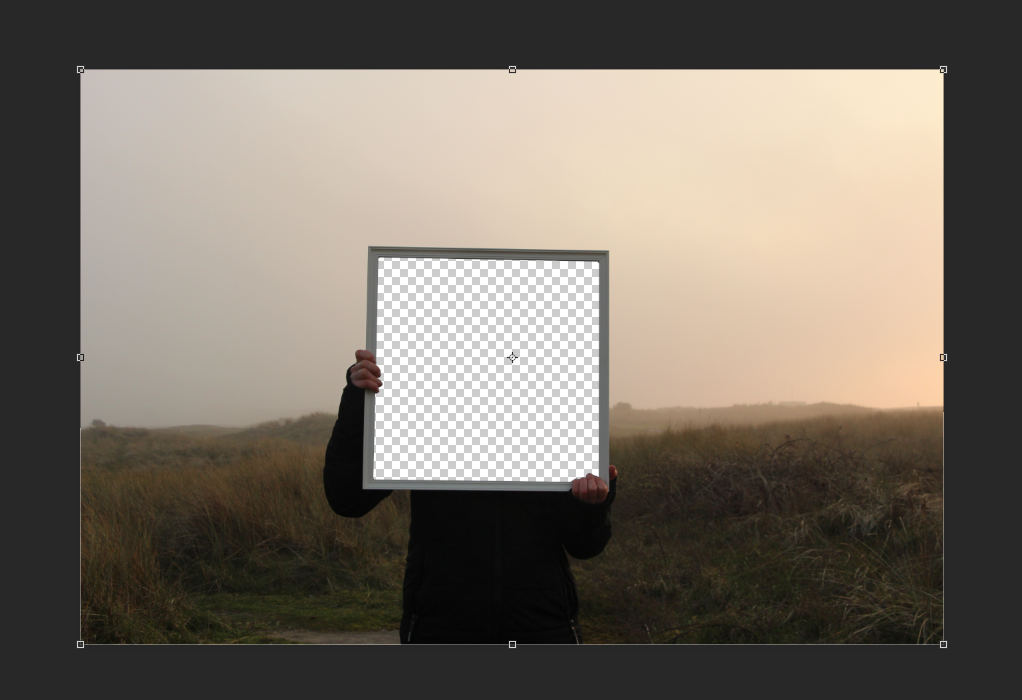
This is my third photo shoot I conducted to experiment working with mirrors. To complete this shoot I used a tripod to mount my camera on, I then used a model to hold mirror up in the landscape. I took a photo of the landscape before the model stepped into frame and then took a photo with them in the frame. I used the cutting tool to cut and the middle of the mirror so the layer was clear there. I then put the image of the plain landscape behind this image to create the affect that the frame was clear but it also hid whatever was behind it (Like an invisibility cloak.)
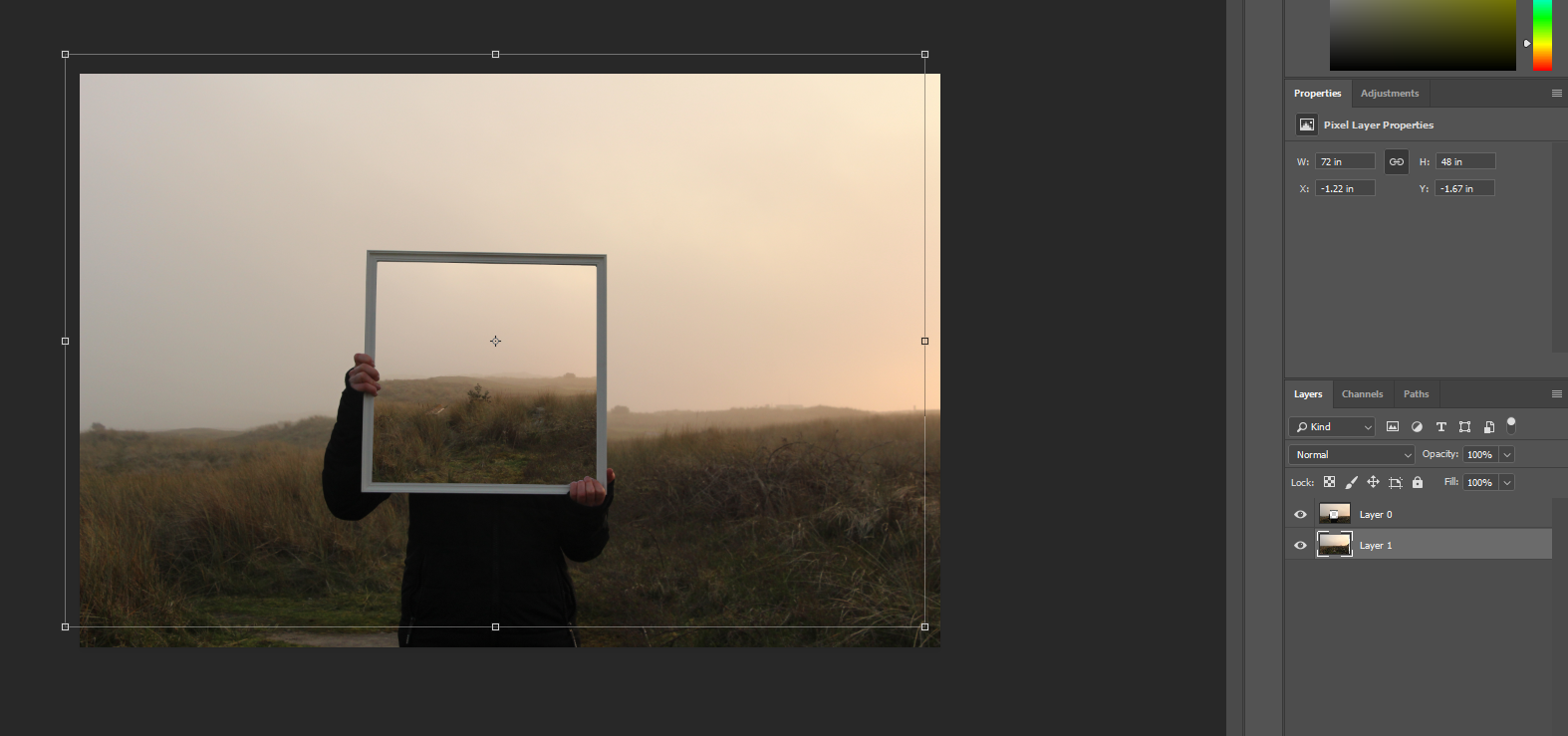
To get the landscape (behind the mirror) in the image to look exactly the same and unaltered I made sure it was the right size and positioned in the right place.
These are my best final outcomes from shooting and experimenting in this style. The images are in a surrealist style which is something I could further explore. (This also links to the idea of the sublime which I could also explore.) The weather on this day also helped to add to the idea of the sublime as it was very foggy with golden light from the sun creating a mysterious atmosphere.

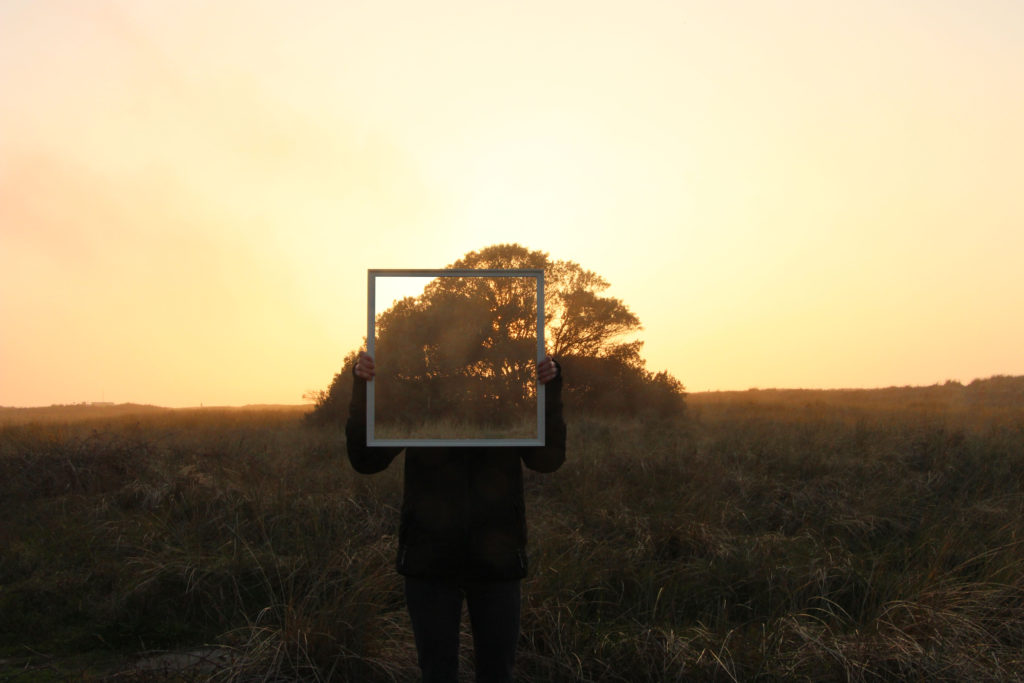
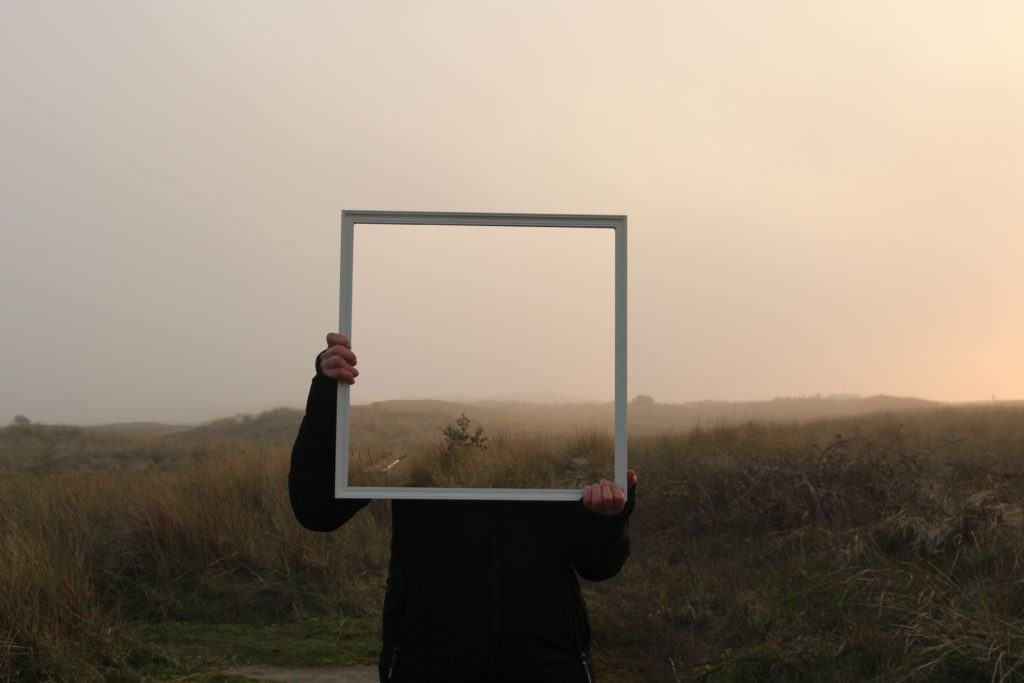
Kanghee Kim is currently 27. She was born in Korea but moved to New York with her family when she was 14. At that time, there was a need for more nurses in the USA, and her mother was helping to fill that gap – but their lawyer missed a deadline. Kim was never able to secure a citizenship. Eventually, she was protected under the DACA (Deferred Action for Childhood Arrivals) policy, but her status has made leaving the country too much of a risk. She states: “I really miss Korea, especially over the last few years. Korea is the motherland. Whenever I see photos or hear about it I feel a bit torn.” Kim only got into photography in her final year of studying painting. It was this time that smartphones and cameras (technology) were improving; she was frustrated by how much space and materials were needed to paint. “I love walking around and being outside. Approaching photography as a painting was solving that problem” – Kim states.
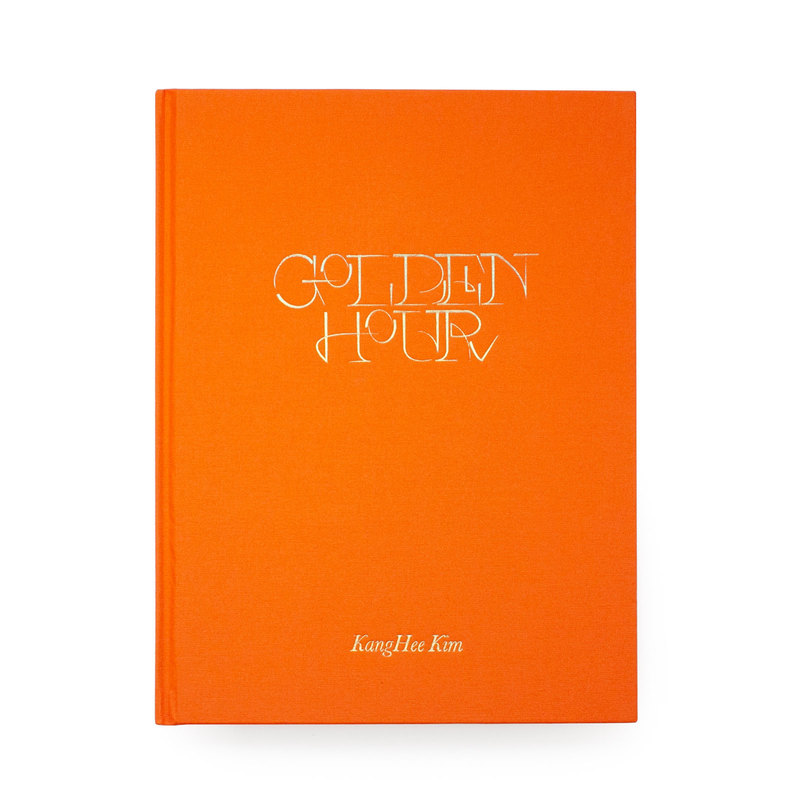
“Golden Hour“ is Kim’s second book to be published by Same Paper, (who are based in China). Its carefully-assembled pictures are taken during the magic of the “golden hour” – the moment immediately before sunrise or sunset. This is part of her ongoing body of work, “Street Errands”. Most of Kim’s images are taken in New York, California, Colorado, and Hawaii, the furthest place she could go within the states. “When I first went to California, I was pretty shocked. The sky felt so close to me. I saw palm trees for the first time, I’d only ever seen them on the internet.” says Kim. She was inspired to work with images of the sky, after visiting the West Coast. By using photoshop to manipulate and edit her images, Kim feels that she can escape, creating a “new space that feels almost like travelling to an unknown place. When I’m working on these images, it feels very therapeutic. I’m so focused I don’t think about my problems”. Making these surreal images has also been a way for Kim to appreciate what she can do within her current situation. “I used to get bored of doing the same things in the same surroundings, so finding the moments that I really like and layering them helped me to not be so pessimistic or self-pitying.”
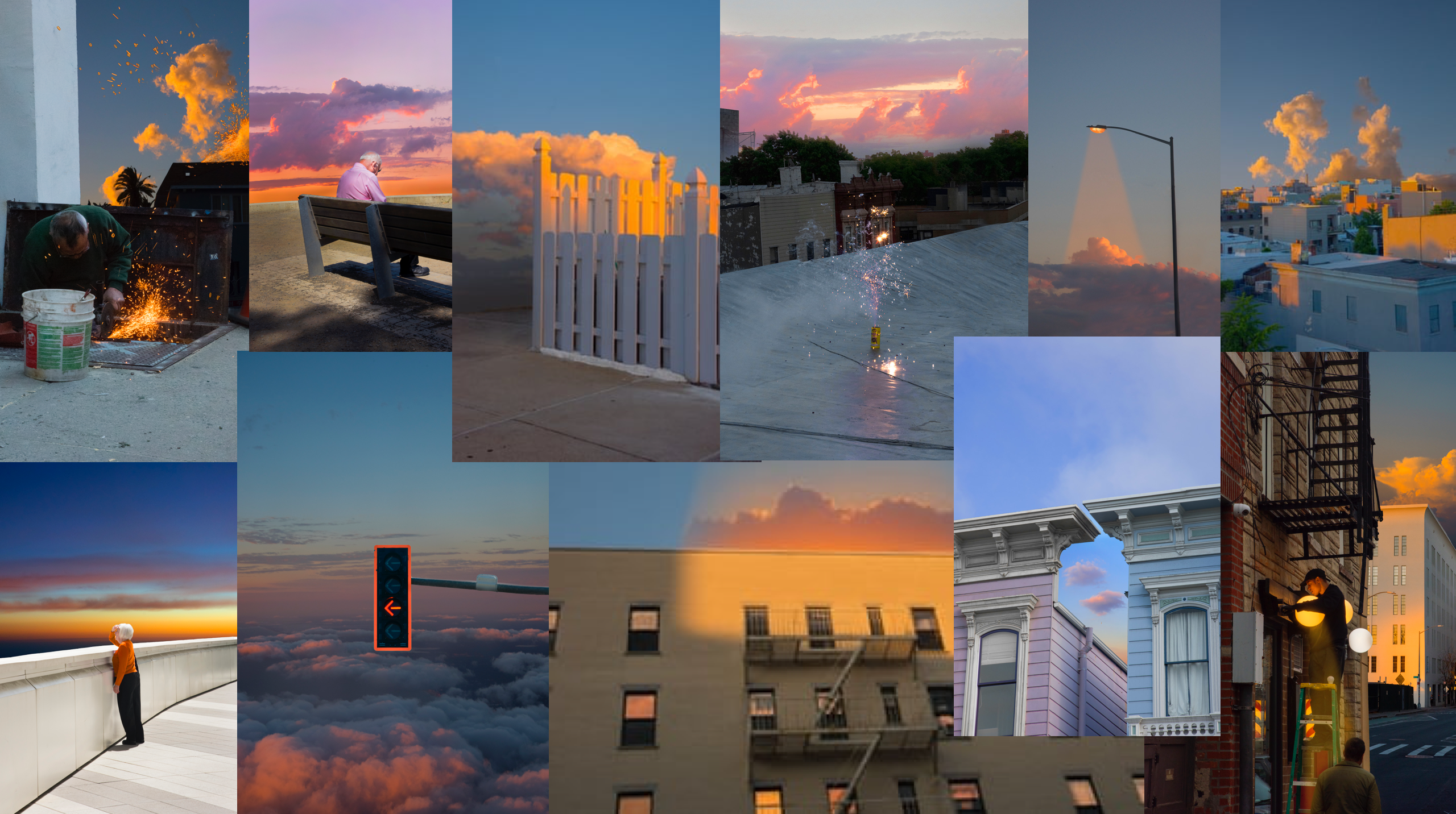
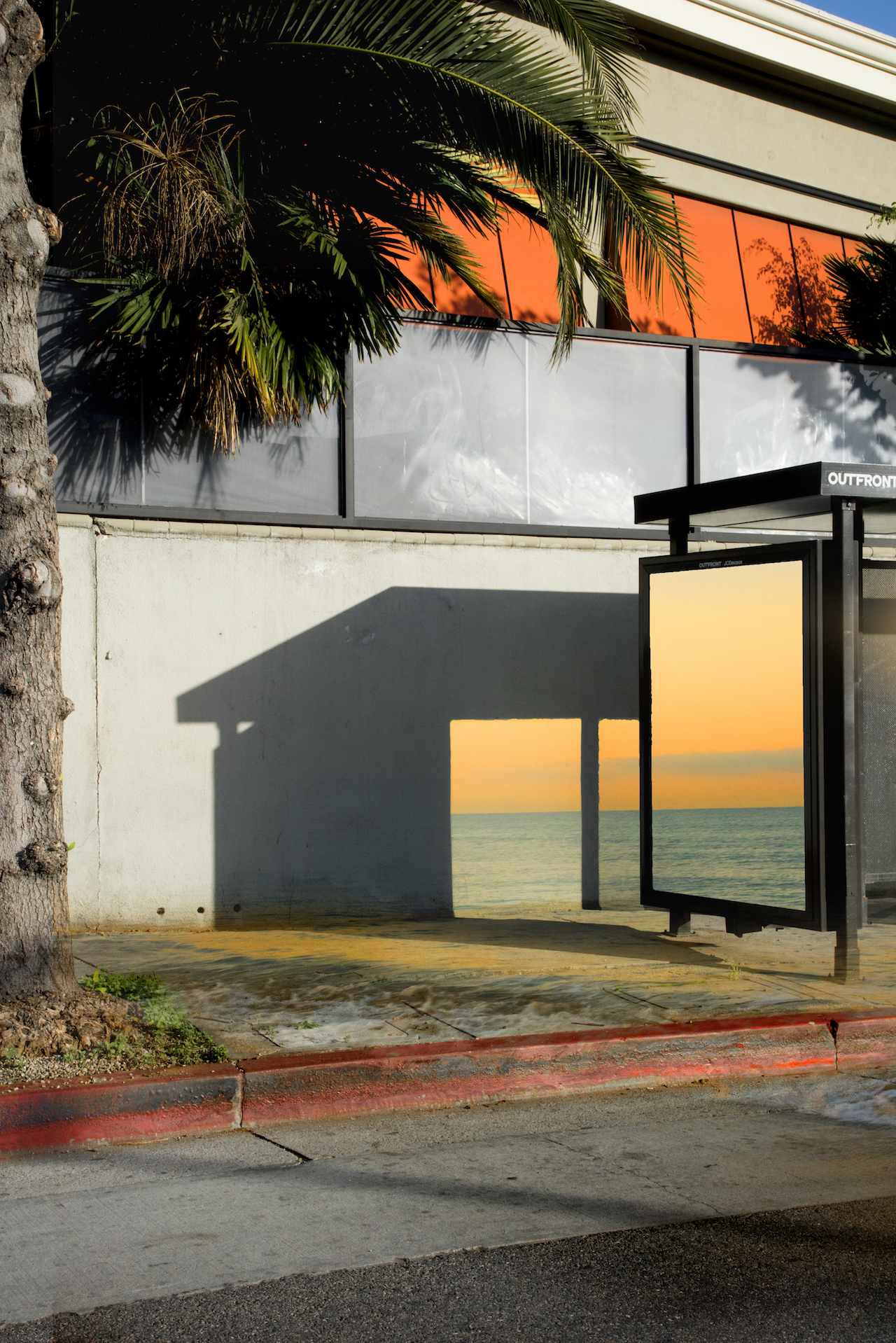
This image taken by Kim is a very surrealist type of image. The way that she is focusing in on the effects of the sun during the ‘golden hour’ in the US creates this dream-like series of images. This image in particular, is portraying how sunlight creates this huge effect of beauty onto a normal scene. I like how Kim has used an editing technique process; she has manipulated the side of a bus stop (along with its shadow it creates) and placed a beautiful image of the blue sea, contrasted with the bright orange blossomed sky. She has also used a technique to make sea waves appear as if they are on the pavement. She has done this because she wanted to show that although she misses her place of birth, (Korea,) she has interpreted her current home place (the United States) to be as beautiful as her original home-town, Korea. She is implying that she loves to see a beauty in everything, and using the sun as a main focus point helps create this aspect of dream-like subject matters – this street she has photographed to incorporate images of the sea and sun would have been a plain, standard image but her surrealism artist traits has made her work much more outstanding and unique. I also like how she has made the orange sun that is being reflected on the windows of the top of the building a lot more vivid and bold; although the sun may have been reflected on these windows, it would’ve been no where near as pretty as she has edited it out to be. She really wanted to make sure each and every image in her “Golden Hour” photo-book is showing bold features of the sun and the sunlights beauty. This makes her work have an attractive aesthetic, with an orange, welcoming cover and a warming golden typography. The colours in this image are really standing out – I also like how in the top right corner of this photo, you can see a bold colour of sky blue. Her touch of surrealism has really made me intrigued into her work, and has made me realise that the sun is such an amazing factor to base a photographic piece of work on.
Kim’s work of the ‘golden hour’ links to the exam title ‘variation and similarity’ because she has made every image take an approach that pinpoints the sun as its reason of beauty and boldness – they are all similar due to the fact that they are brightly coloured and consider eat sun within some part of its photo. Yet, each image is varied from the other, as she uses different settings, as well as people, to create her creative series of photos. I have chosen this artist as one of my artist references because I am keen to follow the route of light and shadows as my exam project. I want to contrast these 2 aspects of everyday life to show how different and the different effects they create; as Kim has shown in her project, light creates a very warming, happy aesthetic, which I could want to incorporate into my work that explores light. Kanghee Kim has been a great influence into my inspiration to photograph light, as I am intrigued to do a few shoots on the effects of sunlight on different scenery. However, (as I stated in my specification,) I want to explore light as a whole – not just sunlight. This may mean I will have to capture some shoots in a studio or a dark room in my house, and use artificial sources of light, such as lamps, lighters, torches etc.
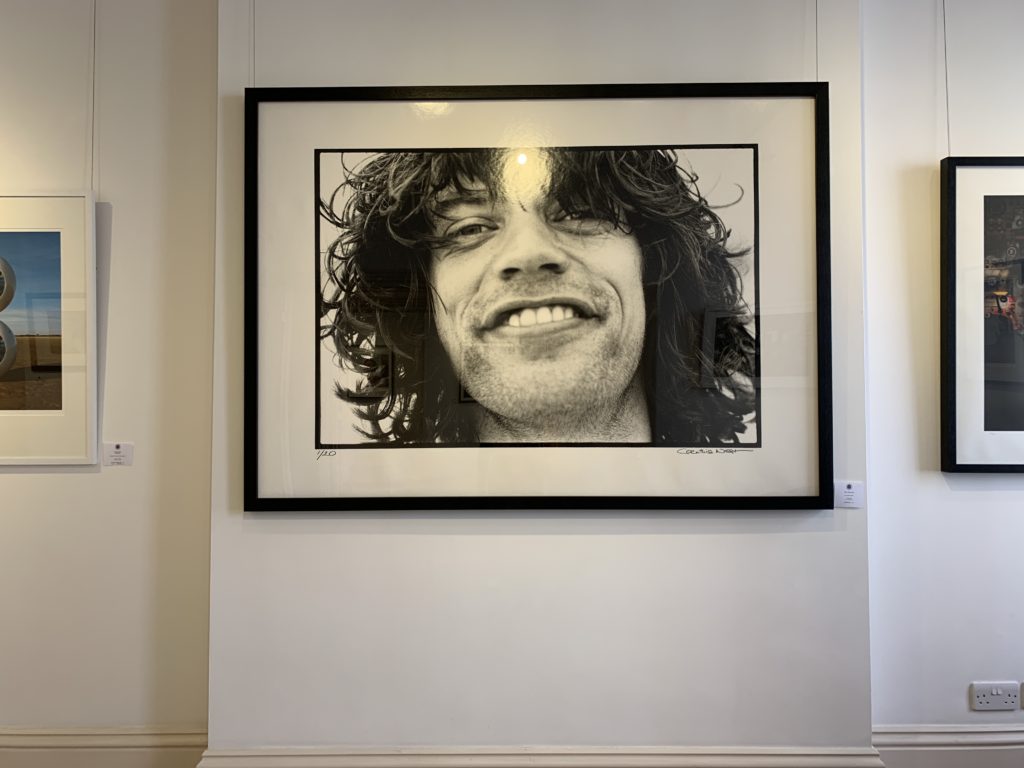
The images in the CCA Gallery were and exhibition by Mike McCartney, Rupert Truman, and Carinthia West. In the images in the exhibition was very diverse some of the images gave an insight to the lives of the stars of the 60’s such as Mick Jagger and David Bowie, as the photographer Carinthia West was involved in this world she was able to photograph the stars as regular people, which normalised them in a sense which is something that I really liked.
The images in the private gallery greatly contrasted what was being exhibited in the CCA Gallery. The style of the images in the Private Gallery focused on the art and culture of the pop art movement. In the gallery the works were more paintesing than they were photographs. The work consisted of bright colours, abstract shapes and abstract painting. The gallery was titled ‘Pop icons on the 20th century, Britain and American pop art’. The pop art movement was around in the 1950’s and peaked in the 60’s but is still widely recognised and practiced today
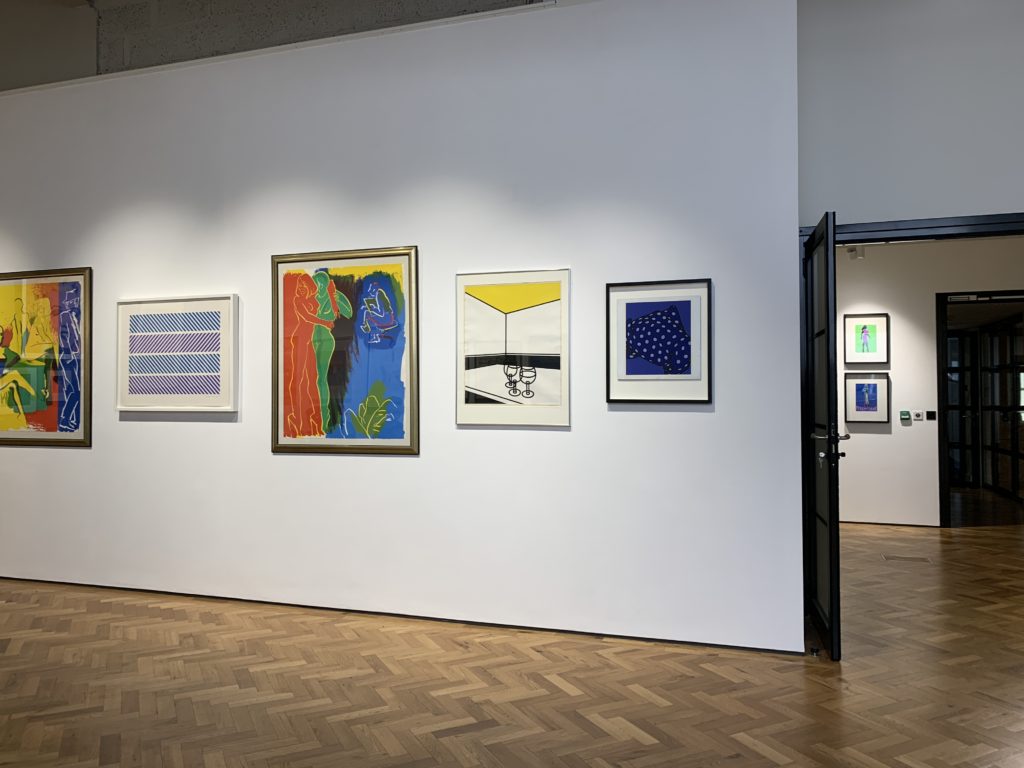
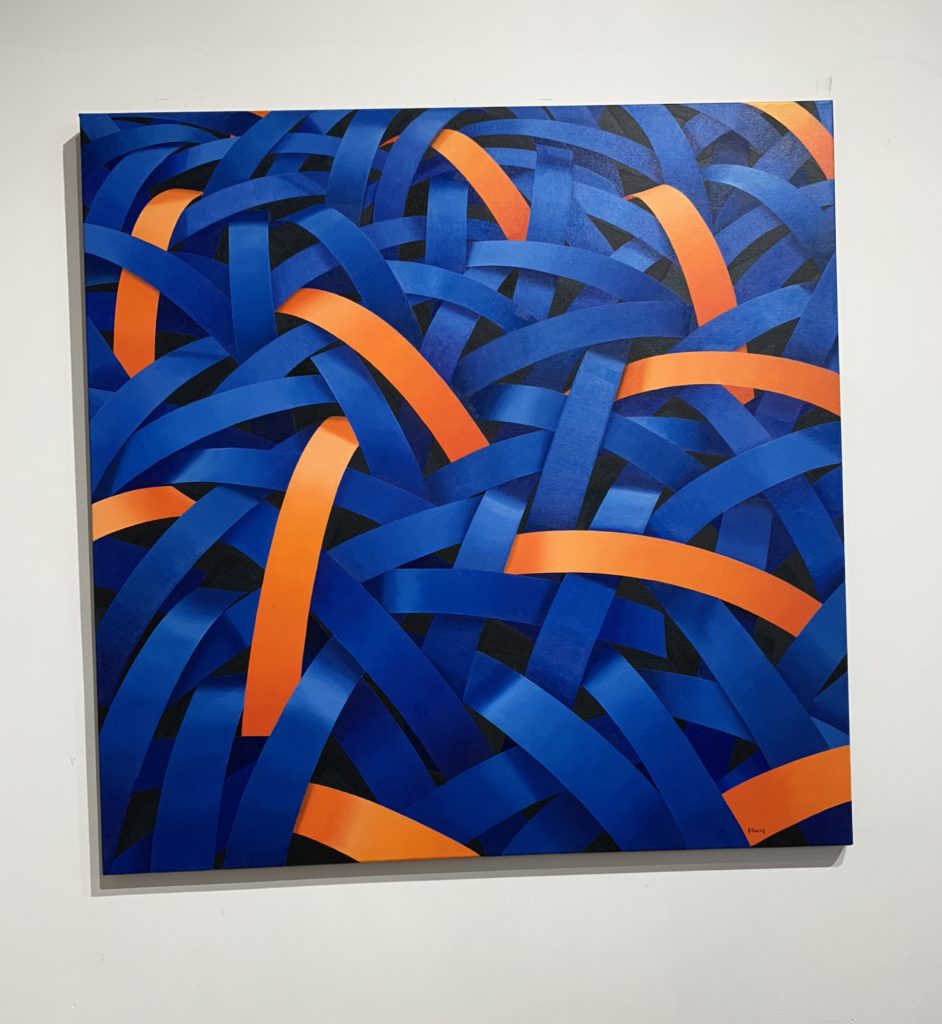
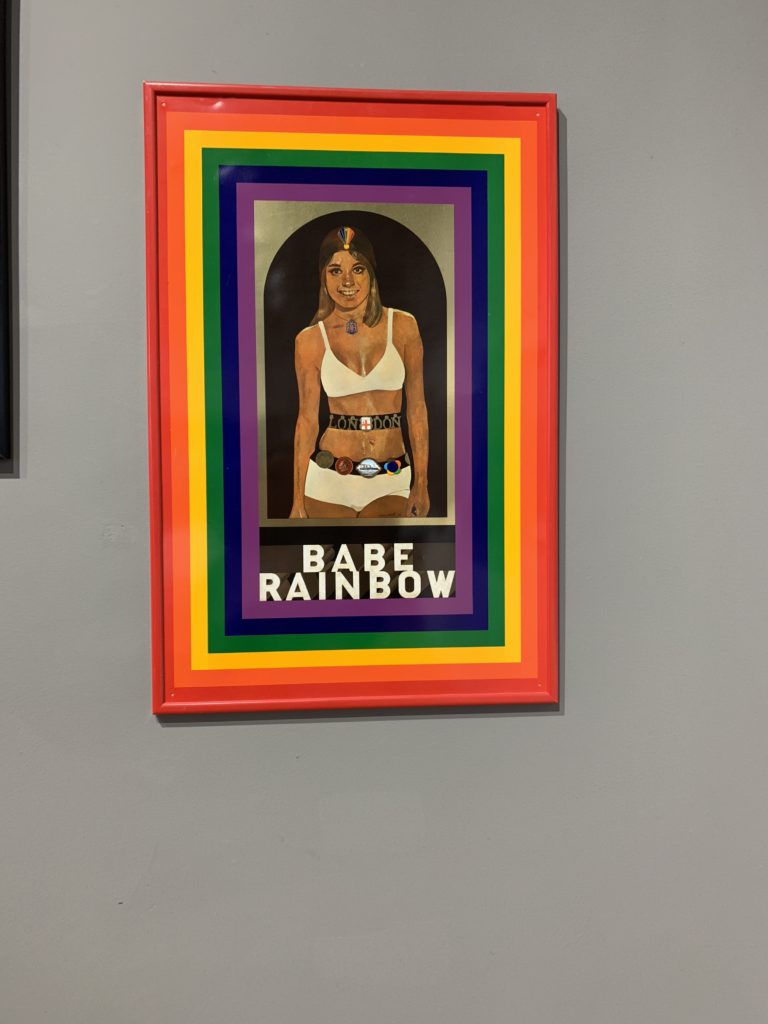
Jersey is the biggest of the islands within the Channel Islands, between England and France. “A self-governing dependency of the United Kingdom, (with a mix of British and French cultures,) it’s known for its beaches, cliffside walking trails, inland valleys and historic castles.” Jersey is also the sunniest place in the British Isles; in 2010, Jersey saw 2403.2 hours of sunshine – the sunniest on record, outshining other sites across the British Isles. The island of Jersey has a close relationship with the Sun.

Steve Wellum was an amateur photographer in Jersey, He has now retired, but was known for his beautiful photo-shoots he created for families, weddings and other events.
In the 1960s, 1970s and 1980s, tourism was a huge part of Jersey, with its many hours of sunlight persuading people to come and visit Jersey. There were many aspects of Jersey that adapted itself to a tourist island; there were historic landmarks that have become tourist sites, meaning Jersey soon became a place of museums and historic viewings, gaining money from its castles, (Mont Orgueil and Elizabeth castle) and the War Tunnels. This pleased the community of Jersey, as the island was becoming more popular and well-known, and it also pleased the tourists – they were more intrigued to visit Jersey with these interesting places to visit. Additionally, Jersey’s Sun meant that Jersey’s beautiful beaches and scenery became more and more visited on a daily basis.


Laura El-Tantawy is an Egyptian photojournalist and artist based in London, England. She was born in Worcestershire, England, in 1980 and grew up between Saudi Arabia and Cairo, Egypt. Given her multicultural background, she has found solace in photography not just as an artistic form of expression, but also as an inner voice to reflect upon her own identity and how it relates to the world around her.
Laura El-Tantawy recently did a project called Beyond here is nothing at all. She described the project as ‘Beyond Here Is Nothing’ is a photographic meditation on the notion of home. ‘To be home is to feel a strong connection to a land and a grounding to its roots’. The image below is taken from this project, many of the images in this project have a sense of dream like and fantasy to them.


El-Tantawy studied journalism and political science at the University of Georgia in Athens, Georgia. In 2009, she received a research fellowship from the University of Oxford, where she researched the impact that Internet blogging and independent newspapers were having on pushing the boundaries of free speech in Egyptian media.
“My photographic interest in a project typically stems from having some personal connection with the subject matter,” she said. “Having lived between East and West much of my life, I have often felt lost between the traditional ideologies instilled in my upbringing and the extremely liberal practices of the West. I had to find a defining balance for myself as an individual, and my work as a documentary photographer has helped me do that. Dealing with who I am as a person and my position on the critical social issues facing the world today—particularly those pertaining to my background—is at the heart of all the themes I take on in my work.”
In 2002, El-Tantawy started her career as a newspaper photographer with the Milwaukee Journal Sentinel and Sarasota Herald-Tribune. In 2006, she became a freelancer so she could focus on pursuing personal projects. Her work has been published and exhibited in the United States, Europe, Asia, and the Middle East. She lives between the U.K, her country of birth, and Egypt, with which she associates most of her childhood memories.
Laura recently produced a project entitled ‘ The Veil’. The images in this project has been made to be ‘bad’ on purpose, she was trying to capture the movement and the hustle and bustle of the city that she lives in, the project was focusing on how most women wear veils to cover up as part of their religion and how this might clashing in the 21th century.



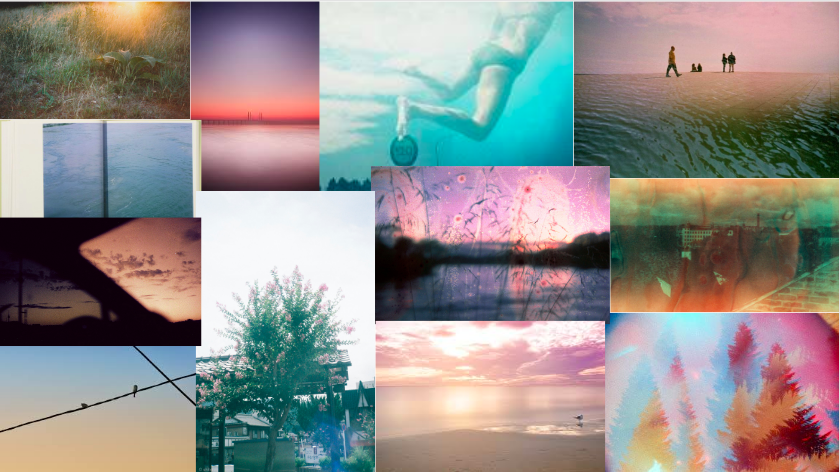
For the project I want to do more research into the spiritual aspects of photography, and how to photograph a world that isn’t really there. And small details of everyday life can be seen as a thing of beauty. Rather than photographing whole frames of landscape images, I plan to capture my images with a more abstract view. Many of the images in the mood board have been taken on film cameras, as this is something I have always had an interest in this aspect of photography but never really experiment that far into it so this will be a challenge for me. I also love the colours tint that film camera give to the images. But the main aim of the project is for me to take a different approach on the way that I see the island.
